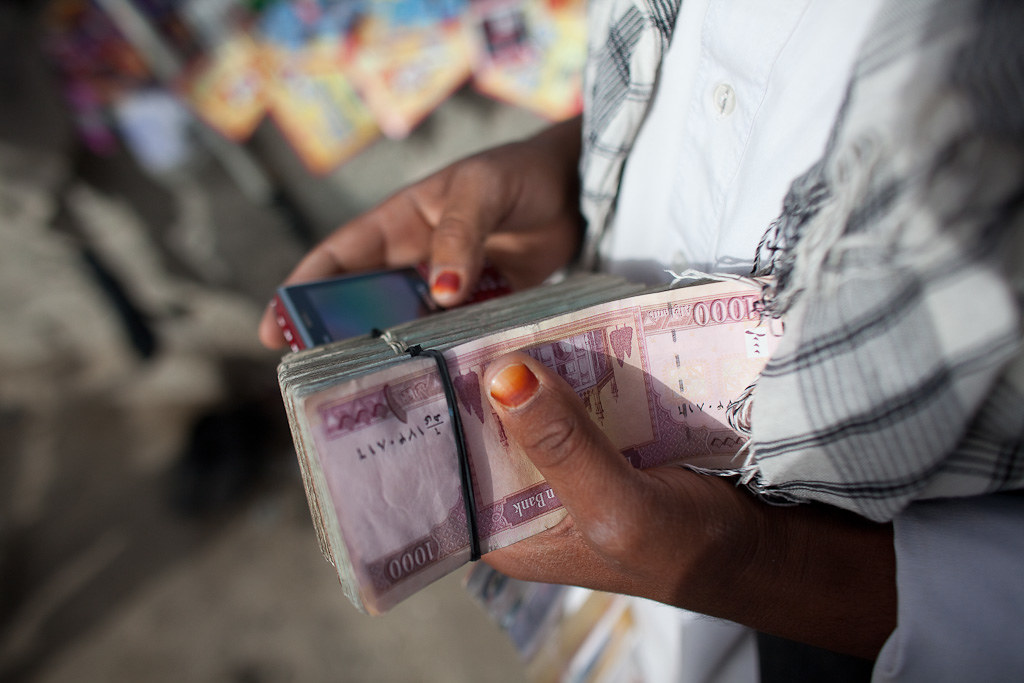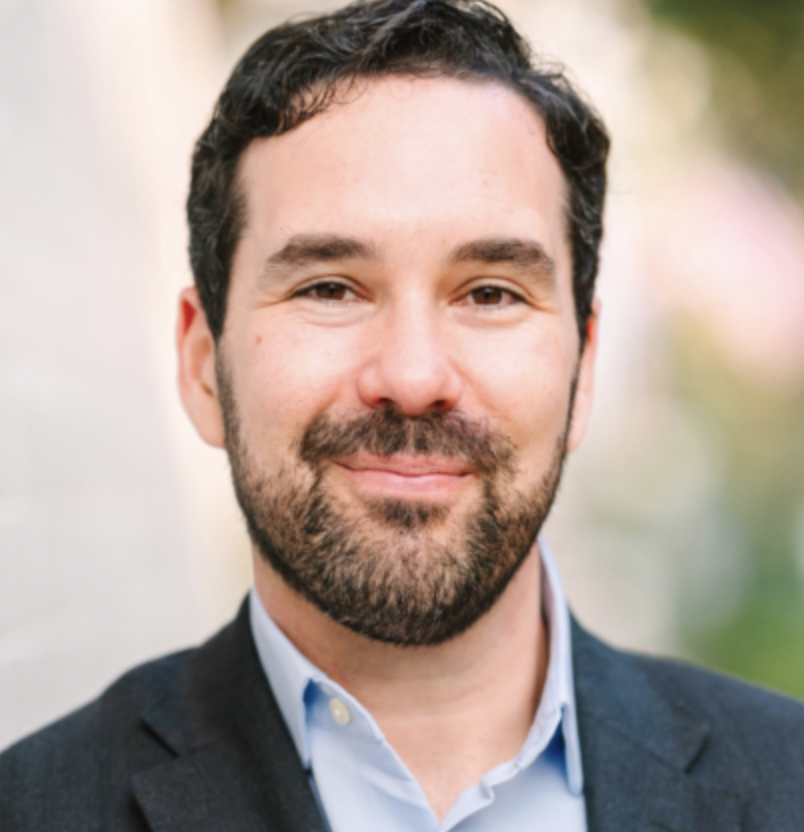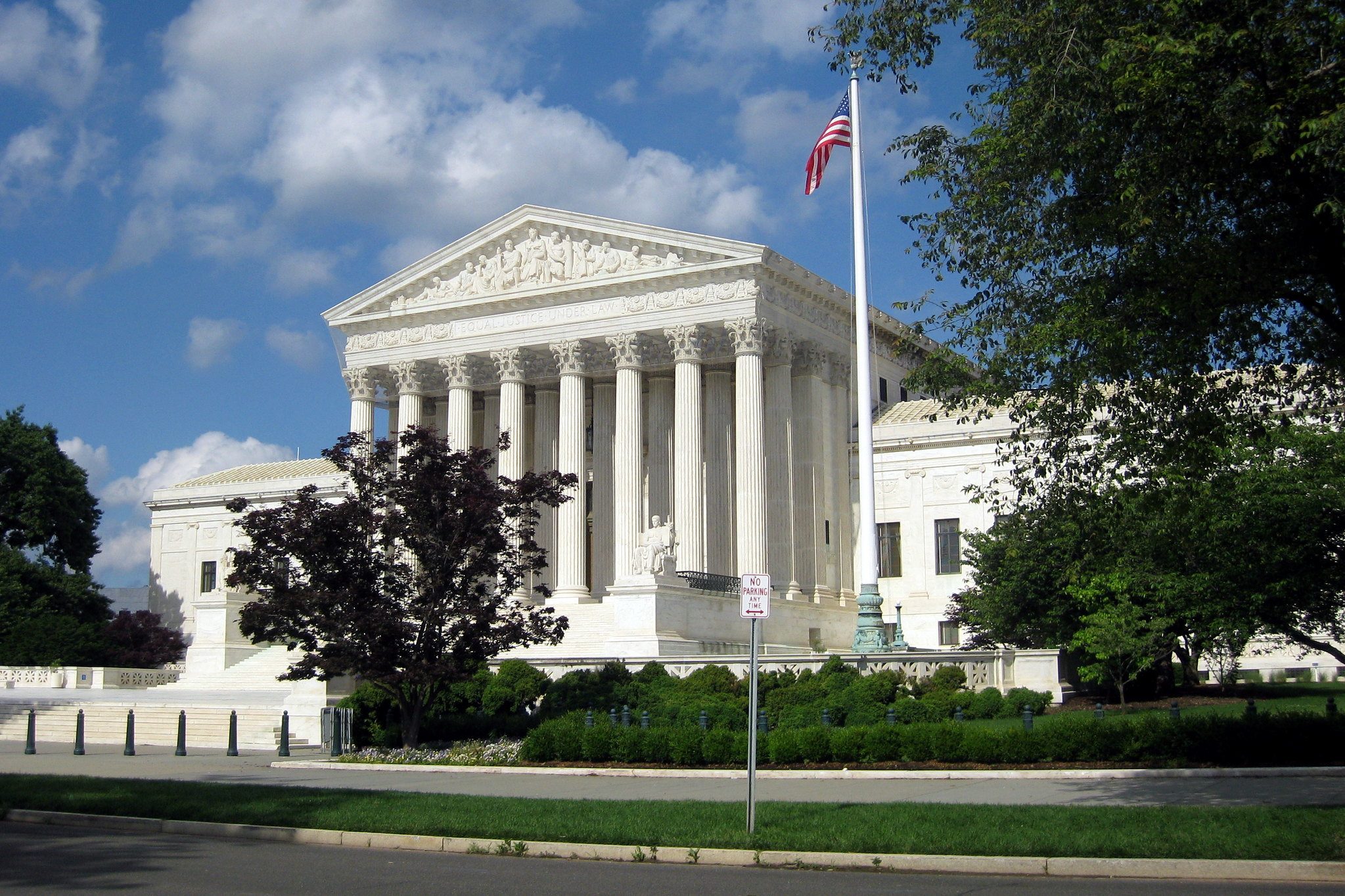What Is Known About ISIS-K Funding in Afghanistan?
To fully understand the group and disrupt future terrorist attacks, policymakers must recognize how the group raises revenues to fund its activities as well as steps already taken by the international community.

Published by The Lawfare Institute
in Cooperation With

The horrific Aug. 26 complex attack against Afghan civilians and U.S. Marines at the Kabul airport has put international attention on the Islamic State in Khorasan (ISIS-K), a relatively small and obscure offshoot of the Islamic State of Iraq and Syria (ISIS-Core). The attack raised an important question about the group’s capabilities to conduct further attacks against U.S. interests, both in Afghanistan and abroad.
In the aftermath of the attack, focus will naturally fall to questions about the group’s leadership and organizational structure. But to fully understand the group and disrupt future terrorist attacks, policymakers must recognize how the group raises revenues to fund its activities as well as steps already taken by the international community.
How ISIS-K Raises Money
Public U.S. government assessments of ISIS-K fundraising provide the clearest picture of how the group raises money. According to the State Department’s most recent Country Report on Terrorism for Afghanistan, “ISIS-K, elements of al-Qa’ida, including affiliate AQIS, and terrorist groups targeting Pakistan, such as [Tehrik-i-Taliban, the Pakistani Taliban], continued to use the Afghanistan-Pakistan border region as a safe haven.” While ISIS-K had a presence along the mountainous border between Afghanistan and Pakistan, Afghan government forces and the Taliban displaced ISIS-K from strongholds in the region in 2019. These efforts deprived ISIS-K of revenue from natural resource extraction, including lucrative talc mines in Nangarhar, as reported by the NGO Global Witness in 2018.
Without these mineral and smuggling revenues,, “ISIS-K primarily raises funds through local donations, taxation, extortion, and some financial support from ISIS-core …. As of early 2020, ISIS core was possibly providing some funds to ISIS-K,” according to a 2021 Treasury Department report. But the group hasn’t always had this funding model. The 2021 Treasury Department assessment represents a change from a 2019 State Department Counterterrorism Bureau report that stated, “ISIS-K receives some funding for ISIS. Additional funds come from illicit criminal commerce, taxes, and extortion on the local population and businesses.” A Sept. 2020 Wall Street Journal article identified ISIS affiliates generating income through “illicit tobacco markets” in Afghanistan and Pakistan.
How ISIS-K Moves Money in Afghanistan and Around the World
The underregulated hawala money exchange system appears to be a likely avenue for ISIS-K to move money around the world and throughout Afghanistan. Due to the limited reach of commercial banks in Afghanistan, Hawalas serve as the everyday mechanism for sending money around Afghanistan and abroad. According to The Economist, “regulators around the world hate the [hawala] system, because of its opacity and its role in helping to fund terrorism.” The Treasury Department further stated that “ISIS-core has used hawala networks to transfer funds from overseas. According to Treasury’s information, ISIS-K cultivated relationships with particular hawaladars who store tens of thousands of dollars for the group.” A May 2020 U.N. sanctions-monitoring group also identified the reported use of hawala transfers from ISIS-Core via Turkey to Afghanistan for the benefit of militants, as well as the use of cash couriers in Afghanistan.
According to the Treasury Department’s information, “ISIS-K retains at least some financial reserves and relies on hawalas, particularly in Kabul and Jalalabad, to transfer funds.” ISIS-K used offices for the Afghanistan-based Nejaat Social Welfare Organization in Kabul and Jalalabad to distribute funds to ISIS-K commanders, according to a separate Treasury Department press release.
This means that the Taliban could disrupt flows to ISIS-K via hawalas if, for instance, it is willing to effectively supervise the hawala industry under its control, ensure that hawalas report suspicious activity as required under Afghan law, and share financial intelligence information with foreign counterparts.
The International Community’s Response So Far
The international community, including the United States and certain Gulf states have also taken steps to respond to the ISIS-K threat.
On May 15, 2019, the U.N. Security Council’s 1267 Sanctions Committee designated ISIS-K, making it the first Islamic State affiliate designated by the United Nations. This designation immediately established an asset freeze, an arms embargo and a travel ban on ISIS-K by all U.N. member states.
The U.S. government used a range of counterterrorism and economic sanctions authorities to constrain ISIS-K’s ability to raise and deploy funds around the world. The State Department designated ISIS-K as a foreign terrorist organization on Jan. 14, 2016. Economic sanctions also remain a tool used by the Treasury Department to address the ISIS-K threat. On Sept. 29, 2015, Treasury’s Office of Foreign Assets Control designated Hafiz Saeed Khan because of his role as emir of the ISIS-K covering Pakistan and Afghanistan. (The U.S. government later reported that Khan died in July 2016.) On Nov. 18, 2019, the Treasury Department designated the Nejaat Social Welfare Organization, along with an executive member and the organization’s director, Rohullah Wakil and Sayed Habib Ahmad Khan, respectively, for facilitating the transfer of funds for ISIS-K. On July 15, 2020, the Treasury Department announced the expansion of this designation for the Nejaat Social Welfare Organization and Khan through the Terrorist Financing Targeting Center. This meant that Bahrain, Kuwait, Oman, Qatar, Saudi Arabia and the United Arab Emirates also designated the organization and Khan.
What Comes Next?
The Taliban’s takeover of the Afghan government creates serious difficulties for the U.S. and the international community to combat terrorism financing in general, and against ISIS-K in particular.
Even though the Taliban considers ISIS-K as a sworn enemy, several factors likely prevent a robust counterterrorism financing response to ISIS-K in the near term. First, the current instability creates a vacuum for ISIS-K to operate. Second, the Taliban’s capabilities and willingness to govern remain unknown; the Taliban now controls and supervises the banking and hawala industries, and oversees Afghanistan’s central bank and its Financial Intelligence Unit. How it handles that role, and what pressure it can put on groups like ISIS-K, is far from clear, especially as it has used the hawala system to move money for its own militants as late as 2020. Lastly, the Taliban’s inability to disavow itself from other terrorist groups like al-Qaeda and its close relationship with the Haqqani terrorist network should give the U.S. and the international community pause about engaging with the Taliban on other counterterrorism financing matters, even for ISIS-K, while placing the burden on the Taliban to demonstrate, through actions and not words, its commitment to counterterrorism financing.
Policy Recommendations
To address ISIS-K and broader counterterrorism financing challenges in Afghanistan with the Taliban-led government, there are a few recommendations that policymakers should consider. First, the State and Treasury departments should seek to strengthen international coordination on counterterrorism financing regarding Afghanistan. This could be achieved through the existing Global Coalition to Defeat ISIS, or another platform of like-minded countries.
Second, the State and Treasury departments should pursue renewed bilateral engagement with Gulf countries, Pakistan, and Turkey to target donors and financial facilitators to ISIS-K. ISIS-K will likely seek to fundraise throughout the Middle East and South Asia based on the horrific Aug. 26 attack and the renewed media attention placed on the group, so policymakers must act fast through host governments to deny ISIS-K this potential windfall.
Third, the Defense Department should work with the Treasury department, law enforcement agencies, and other interagency partners to expand counter threat financing (CTF) capabilities to use financial intelligence more robustly as the Biden Administration retaliates against ISIS-K for the Aug. 26 attack and works to prevent further attacks.
Finally, the State and Treasury departments should identify and articulate concrete, measurable steps that the Taliban can take to combat counterterrorism financing against ISIS-K, including the Taliban’s plan to continue the previous government’s efforts to enhance oversight and supervision of the hawala industry.





